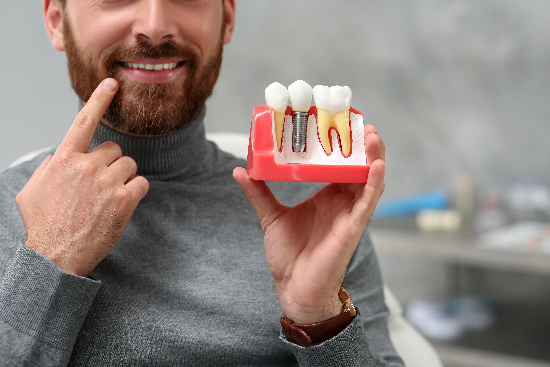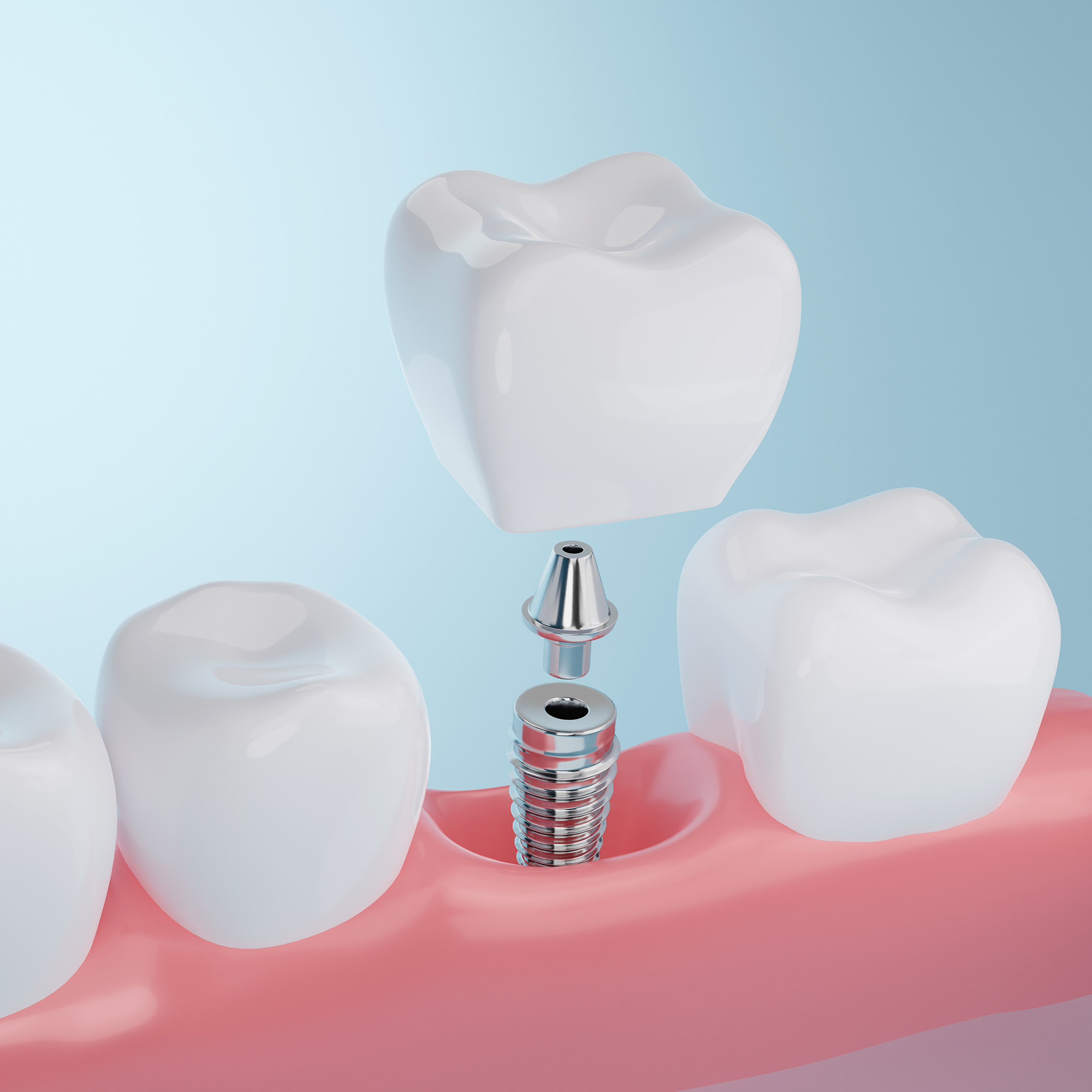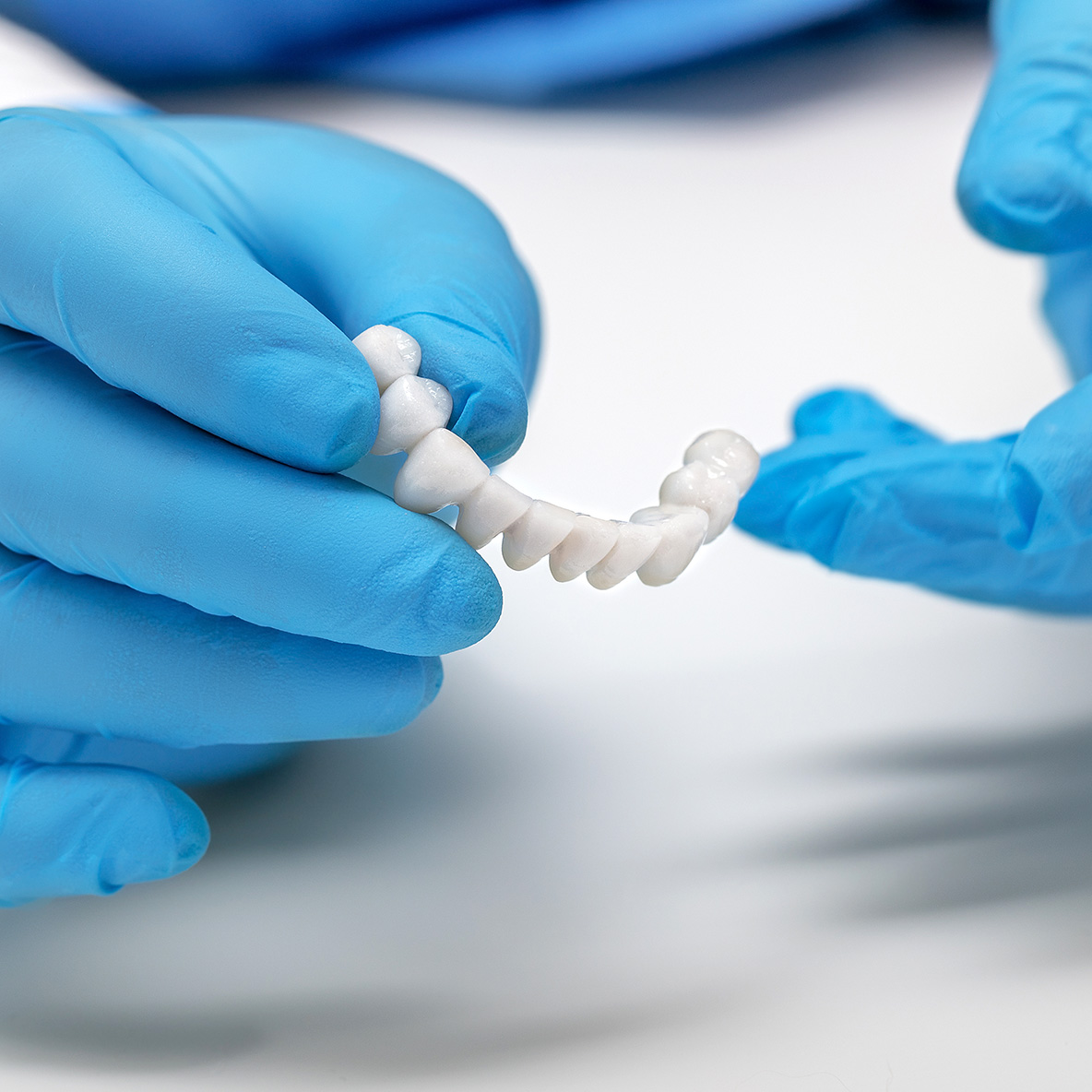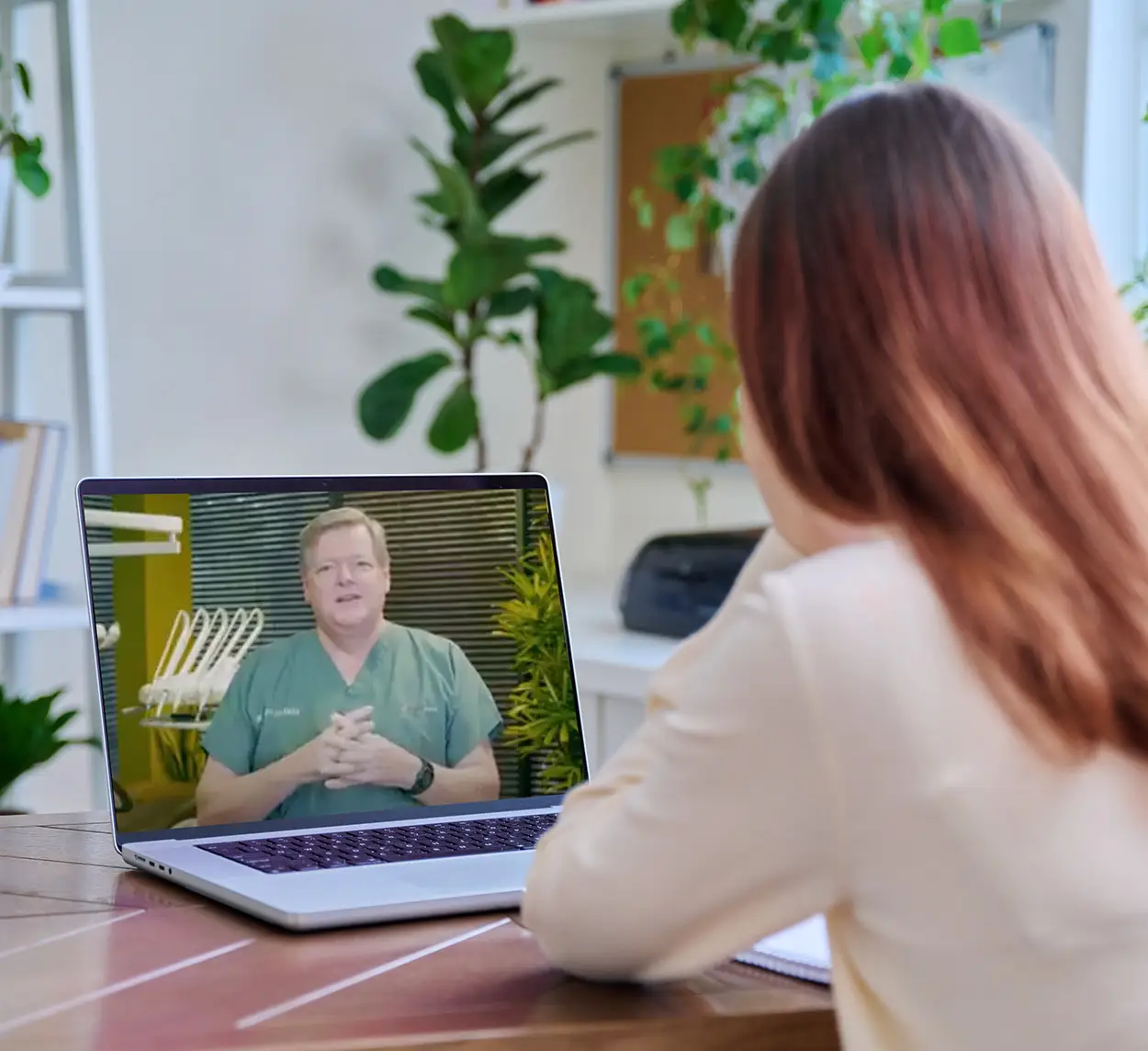Our bodies work differently. Some dental patients don’t respond to local anesthetics by getting numb. This is understandably concerning when you need dental treatment. (And the word “concerning” may be a huge understatement!)
It’s important to recognize that bad experiences in the past don’t guarantee that you will never be able to become numb.
At ColemanDental, we take additional time and care with people who have historically had problems getting numb. Various methods used with different medications can overcome numbing conditions. We will find the precise combination to make you comfortable.
Let’s look at the possible causes.
What Can Affect How I Respond To Numbing Medication?
A pH Imbalance
Your body’s pH level is a measure of the acidity or alkalinity in blood and other fluids. Also referred to as acid-base balance, the pH scale goes from 0 to 14. A pH below 7 is acidic. A pH above 7 is alkaline or basic. 7.40 is considered a normal blood pH. Your lungs and kidneys work consistently to regulate your pH balance.
When the pH level is abnormal, numbing agents can be less effective. Medical conditions such as asthma, emphysema, untreated diabetes, and cancer can affect pH levels.
An Acute Local Infection
This is related to the previous section because an infection affects the pH balance. If a dental patient has an infection in their mouth (sometimes called a hot tooth), it may need to be treated with antibiotics prior to dental treatment.
Active Metabolism
If painkilling medications wear off quickly, it could be due to an extra-active metabolism. Intensive exercise and caffeine can speed up your metabolism. It’s best not to overdo either of these immediately before dental treatment.
Differences In Anatomy
When administering local anesthetics, dentists need to locate your nerve(s). But everyone is wired differently and X-rays don’t always give a clear picture of the location of nerves. The size and shape of your jaw and the amount of fat and muscle affect where nerves are located. Some individuals even have an extra nerve where most people have only one.
The Patient Moves During The Injection (We Want To Get On Your Nerves)
We get it. It’s tough to stay perfectly still when your dentist is putting a needle into your mouth. But you want the painkiller delivered to the nerve and it’s difficult to hit a moving target.
Red Hair
People with red hair and fair skin may need extra painkilling medication. This sounds wacky, but it is backed by science. The gene that creates hair color (Mc1R) also impacts the pain receptors in the brain. The MC1R mutation that produces red hair is due to the production of pheomelanin. The presence of pheomelanin can increase the body’s sensitivity to pain. This is another way people with auburn tresses are unique. But if you are a redhead who has avoided dental visits, please schedule an appointment. We can help you keep your smile as uniquely beautiful as your hair.
Nervousness
People who are extra nervous at the dentist may have problems getting numb. This could be due to a number of factors. Jaw clenching and holding your breath may change the way the body reacts to painkillers. Extreme anxiety may also influence the perception of pain even though there are no biological changes.
Ehlers-Danlos Syndrome
This rare connective tissue disorder impacts a body’s reaction to numbing medication
We Can Overcome These Challenges
Doctor Scott Coleman takes special care of dental patients who have difficulty getting numb. We use different medications and processes to work around these concerns.
There is no need to abstain from dental treatment if you have had trouble with anesthetics. Come talk to us. We will keep you comfortable during dental treatment.













































